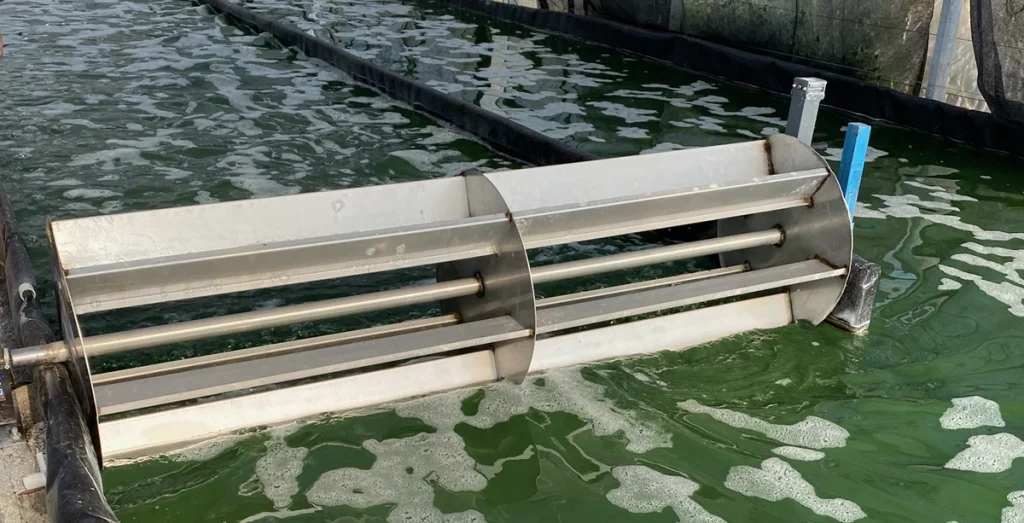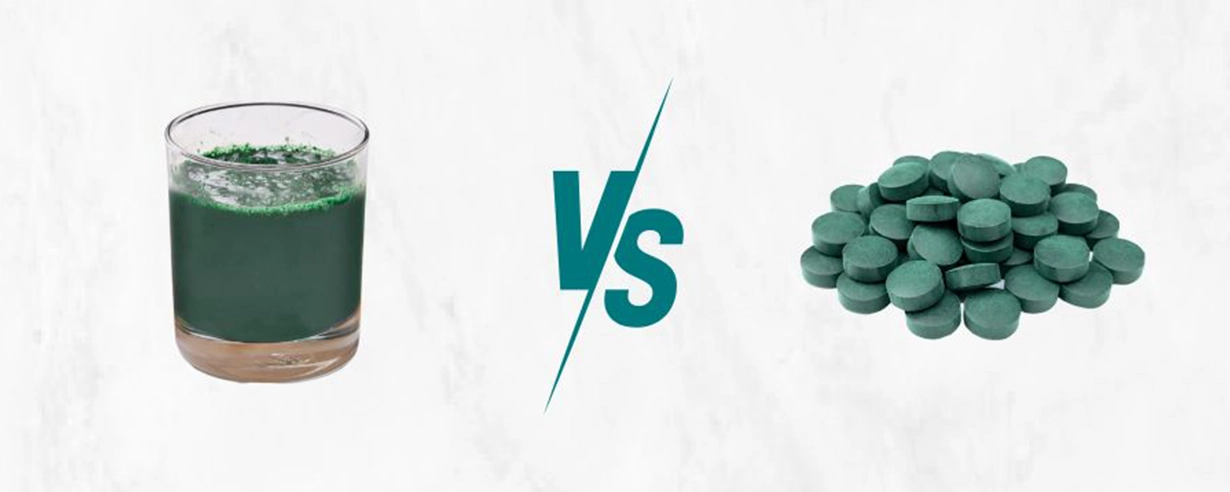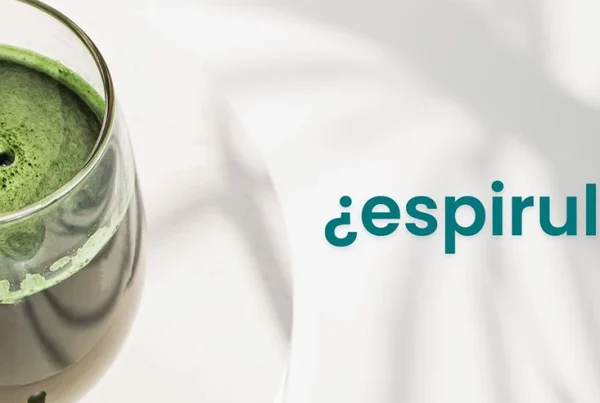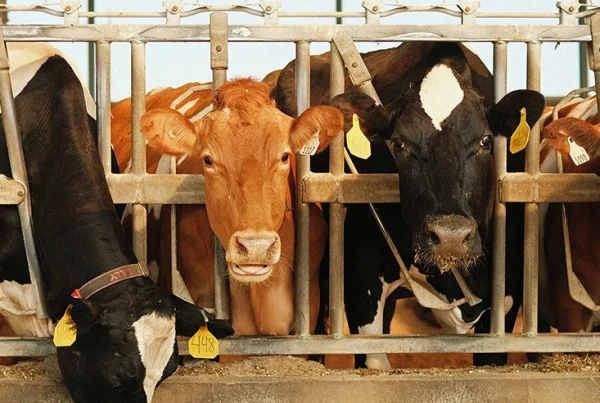No, not all spirulina is the same.
And yes, “The spirulina you take is not good for your health.”
This is the reality of many people who consume spirulina without knowing its origin and with this article you will discover that not all spirulina on the market are the same .
It is evident that spirulina is recognized for being a highly healthy food with countless benefits, from its high protein concentration to its high content of antioxidants and vitamins.
However, there are some that contain other components besides spirulina and you don’t know it. In this article, we will compare fresh, local spirulina with processed and imported spirulina so you can make a conscious decision about which is the best choice for you.

Advantages of fresh and local spirulina
- Less Processing, Maximum Nutritional Potency: Fresh spirulina retains all its nutrients intact, as it does not undergo any drying or preservation processes. This means that its content in proteins, vitamins (A, B, C, E) and minerals (iron, magnesium, calcium) is at its highest level.
- Efficient Absorption: Because it is unprocessed, fresh spirulina is easier for the body to digest and absorb. The nutrients are in their most bioavailable form, which allows for better assimilation.
- Freshness and Taste: Fresh spirulina has a milder and more pleasant taste compared to processed spirulina, which can often have a stronger and more unpleasant taste due to drying methods.
- Less KM, More Naturalness: Spirulina that has been produced and marketed locally does not require additives to preserve its properties, which is why a product of proximity is a great guarantee of quality.
- Sustainability and Local Support: Buying fresh, local spirulina not only ensures that you get a high quality product, but you also support the local economy and reduce the carbon footprint associated with transporting imported products.
Disadvantages
- Shelf Life: Since fresh spirulina has not undergone any drying and preservation process, it has a shorter shelf life than processed spirulina.
- Higher Initial Cost: The cost of fresh spirulina is higher than that of processed spirulina due to its demanding production process, which requires controlled conditions and greater care. In addition, the need for refrigeration to preserve freshness increases logistics costs. In addition, the smaller scale of production and the higher quality and purity of the product also contribute to its higher price.
Processed and imported spirulina
- Nutrient Loss: The drying process, especially at high temperatures, can destroy many of the heat-sensitive nutrients, such as some vitamins and antioxidants.
- Reduced Bioavailability: The processed form of spirulina may be more difficult to digest and absorb by the body, which reduces its nutritional effectiveness.
- Importation, Contamination Risk: Depending on the production standards of the country of origin, imported processed spirulina may be exposed to contaminants and toxins during cultivation and processing.
- Less Transparency: It can be difficult to trace the exact quality and origin of imported spirulina, raising questions about its purity and safety.
Disadvantages of processed and imported spirulina
- Long shelf life: Thanks to the drying and preservation processes, processed spirulina has a longer shelf life, which facilitates its storage and transportation.
- Lower Initial Cost: Often, processed spirulina can be cheaper in the short term due to the mass production and processing methods used.
What is the best option for me?
Choosing between fresh or processed, local or imported spirulina depends on your priorities in terms of health, sustainability and quality. However, fresh, local spirulina clearly offers more significant advantages in terms of nutritional potency, bioavailability and sustainability.
Opting for fresh and local spirulina such as that offered by Blauver means choosing a natural product, with no additives, and with a transparent supply chain that guarantees freshness and quality. In addition, you will be supporting sustainable and responsible practices that benefit both your health and the environment.
By choosing fresh, local spirulina spirulina, you will not only be getting the maximum nutritional benefit, but you will also be contributing to a healthier and more sustainable future.











